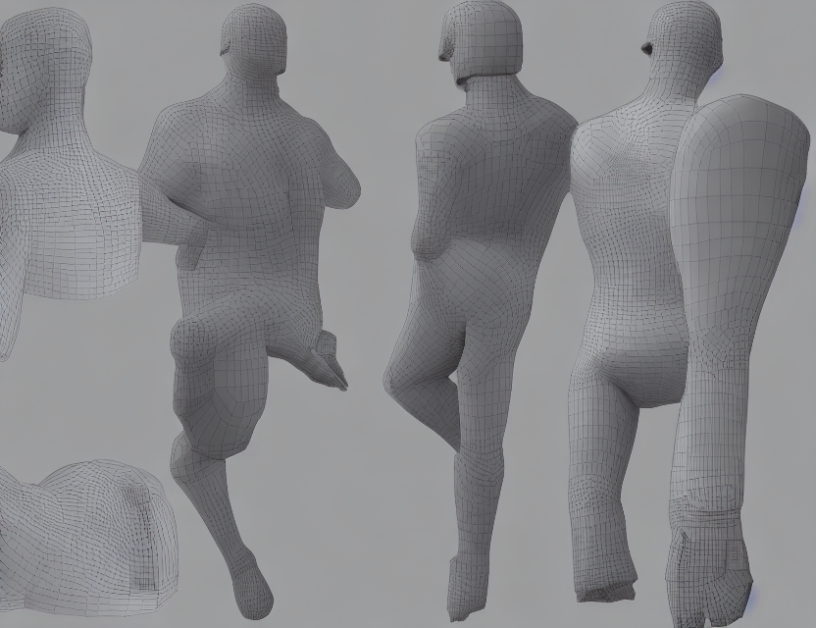In this article, the authors explore the field of neural discrete representation learning, a technique used to train deep neural networks to represent complex data, such as images or videos, in a concise and efficient manner. The authors provide an overview of existing methods for discrete representation learning, including the use of convolutional neural networks (CNNs) and attention mechanisms. They also introduce their new approach, called Neural Discrete Representation Learning (NDRL), which combines the strengths of CNNs and attention mechanisms to create more accurate and efficient representations.
To understand how NDRL works, let’s consider an analogy: Imagine you have a big box full of toys. Each toy has a unique name, like "car" or "dog." Now, imagine you want to find all the toys that are blue. A simple way to do this would be to search through the box one toy at a time, checking each toy’s name to see if it’s blue. But this would take a long time and be very inefficient.
Instead, NDRL uses a special tool called an attention mechanism to help find the blue toys faster. The attention mechanism is like a magic wand that can focus on specific parts of the box, like the blue toys. By focusing on the blue toys, the wand can quickly identify all the blue toys in the box without having to search through the whole thing.
In a similar way, NDRL uses attention mechanisms to focus on specific parts of an image or video, allowing it to represent the data more efficiently and accurately. The authors demonstrate the effectiveness of NDRL on several tasks, including object detection and segmentation, and show that it outperforms existing methods in terms of both accuracy and efficiency.
Overall, this article provides a comprehensive overview of Neural Discrete Representation Learning, a powerful technique for representing complex data in a more efficient and accurate manner. By combining the strengths of CNNs and attention mechanisms, NDRL offers a promising approach to improving the performance of neural networks on a wide range of tasks.
Computer Science, Computer Vision and Pattern Recognition
Advances in Neural Representation Learning for 3D Human Pose Estimation



